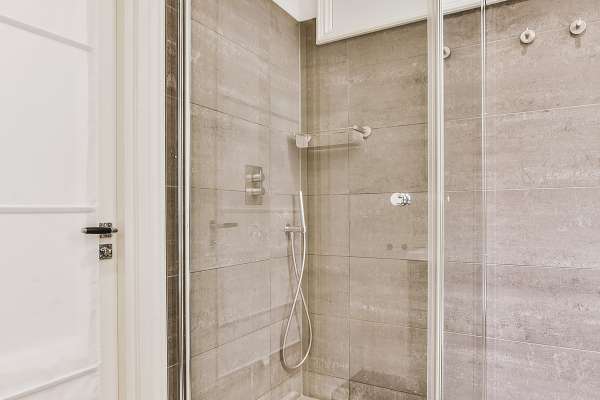Clean marble shower stalls is a delicate task that requires careful attention to maintain the natural beauty and longevity of the stone. Marble is a porous material that can be easily damaged by harsh chemicals and abrasive scrubbing. To properly clean stalls, it’s important to use gentle, pH-neutral cleaners and soft cleaning tools that won’t scratch the surface. Regular cleaning helps to prevent the buildup of soap scum and hard water deposits, preserving the elegance of your It shower. With the right techniques, you can keep your marble shower stall looking pristine for years to come.
What Are Marble Shower Stalls?
Marble shower stalls are a luxurious addition to any bathroom, providing a sleek, elegant look that enhances the overall aesthetic of the space. Marble is known for its unique veining and rich, natural beauty, making it a popular choice for homeowners. However, its delicate nature means that proper care is essential to maintain its appearance and prevent damage.
Is Sealing Your Marble Shower Necessary?
One crucial aspect of caring for It showers stalls is the sealing process. Sealing the marble helps to protect it from water damage, staining, and etching caused by acidic substances. Regularly sealing your stall ensures that it remains resistant to moisture and other potential contaminants, preserving its pristine appearance over time.
Importance Of Marble Showers
The importance of It showers extends beyond aesthetics. A well-maintained marble shower adds value to your home and creates a luxurious spa-like atmosphere for relaxation. Proper cleaning and maintenance not only keep the It looking its best but also ensure its longevity. By investing the time to clean and seal your stall properly, you can enjoy the timeless beauty and benefits of this elegant material for years to come.
Preparing To Clean A Marble Shower Stall
1. Using Water
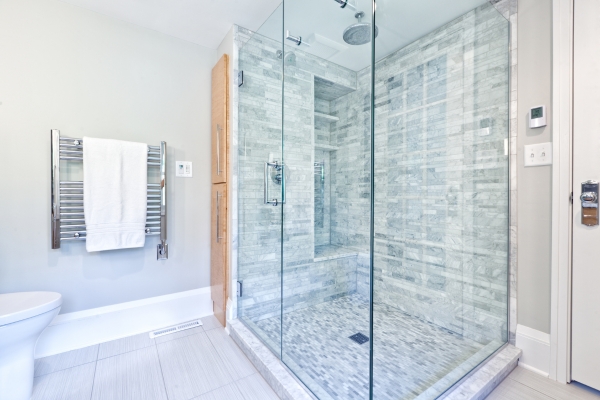
Start by rinsing the entire shower stall with lukewarm water. This initial step helps to loosen any dirt, grime, or soap scum that may have accumulated on the It surface. Be sure to use a gentle stream of water to avoid excessive pressure that could harm the stone. By rinsing thoroughly, you’ll create a clean slate for further cleaning and allow the cleaner to work more effectively.
2. Using A pH-Neutral Cleaner
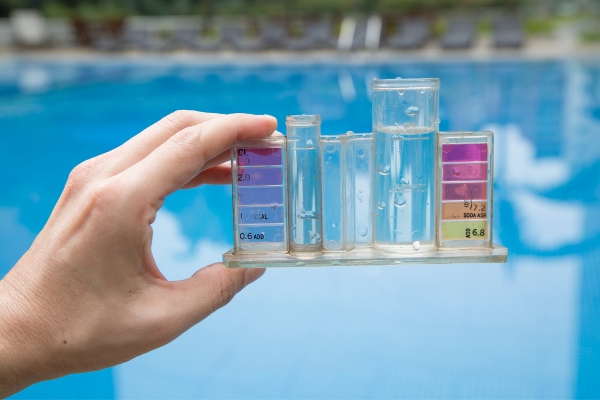
Once you’ve rinsed the shower stall, choose a pH-neutral cleaner specifically designed for marble surfaces. Avoid using harsh or acidic cleaners, as they can damage the marble and cause etching or discoloration. Apply the cleaner according to the manufacturer’s instructions, typically using a soft cloth or sponge. Gently scrub any areas with stubborn buildup, taking care not to scratch the surface. After cleaning, rinse the shower stall with clean water to remove any residue, and dry the marble with a soft, clean towel to prevent water spots.
3. Gentle Scrubbing Technique
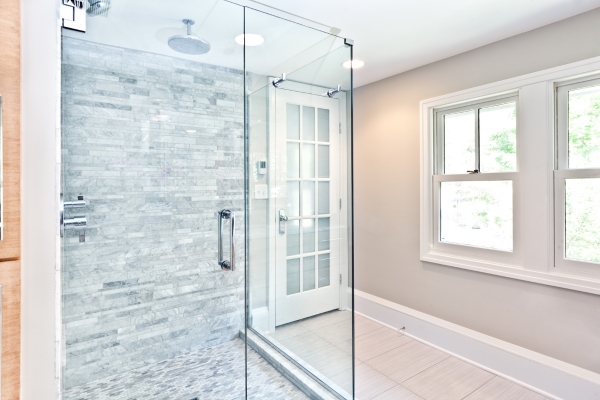
After applying a pH-neutral cleaner, use a soft cloth or non-abrasive sponge to gently scrub the It surface. Avoid using stiff brushes or abrasive scrubbers, as these can scratch the marble. Work in small, circular motions to lift dirt and grime from the surface. Be particularly cautious around any intricate veining or patterns, as these areas may be more delicate. Once you’ve finished scrubbing, rinse the Restore Bathroom Shower Stalls thoroughly with clean water.
4. Avoid Using Vinegar And Baking Soda
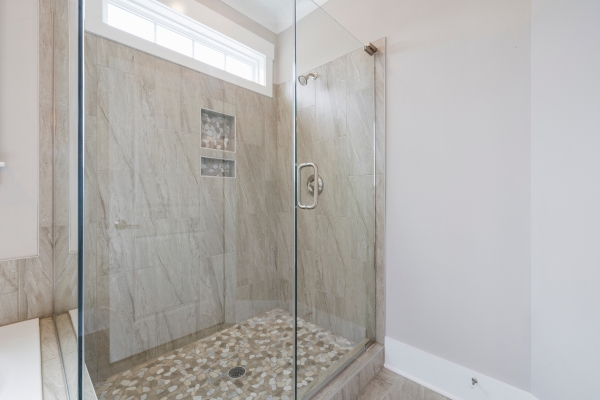
While vinegar and baking soda are often touted as versatile cleaning agents, they should not be used on It surfaces. Vinegar is acidic and can cause etching, while baking soda is abrasive and may scratch the marble. Instead, stick to a pH-neutral cleaner specifically formulated for It to avoid damaging the stone. Proper care will help maintain the integrity and beauty of your stall for years to come.
5. Lemon Juice As A Natural Cleaner
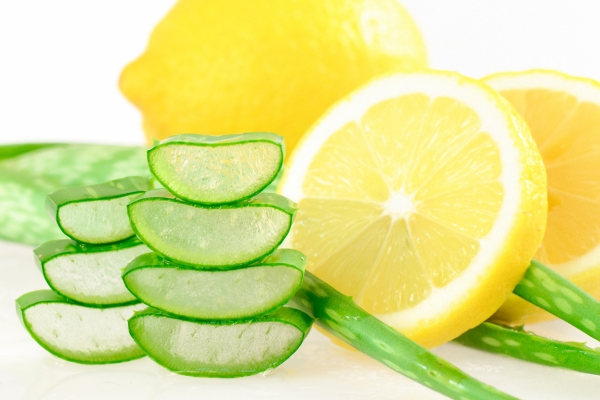
Although lemon juice is a popular natural cleaner for other surfaces, it should not be used on marble. Lemon juice is acidic and can etch the It, leaving behind dull spots and permanent damage. Instead, stick to pH-neutral cleaners specifically formulated for It surfaces to ensure safe and effective cleaning.
6. Using A Squeegee For Drying
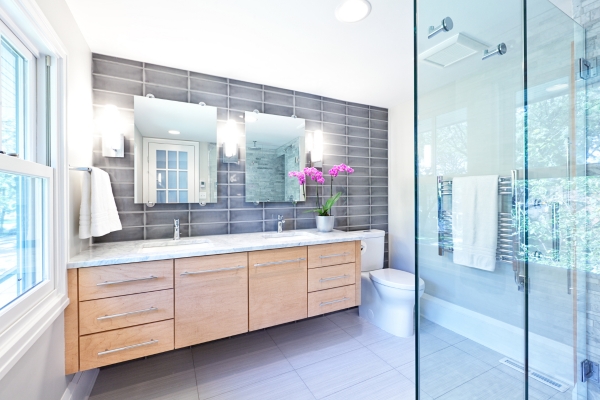
After cleaning your stall, it’s important to dry the surface to prevent water spots and mineral deposits. A squeegee is a great tool for this purpose. Starting at the top of the stall, use smooth, downward strokes to remove water from the It. By quickly drying the surface, you can help maintain its polished appearance and avoid potential damage.
Conclusion
Proper care and maintenance are essential to keep your marble showers stall looking beautiful and pristine. By using gentle cleaning techniques and avoiding harsh substances like vinegar, baking soda, and lemon juice, you can preserve the natural beauty of the It. Regularly drying the surface with a squeegee will also help maintain its appearance and prevent damage. With the right approach, your stall can remain a stunning focal point in your bathroom for years to come.
